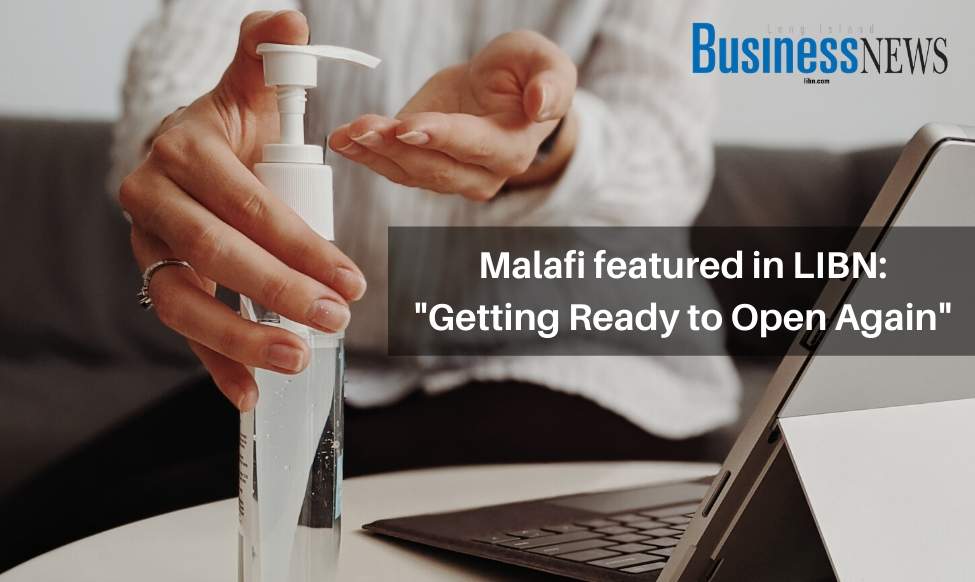By Bernadette Starzee
Employers have many questions as they start to think about reopening their workplaces. Chief among them are what they can do to ensure the safety of their employees, as well as customers and other visitors. Another biggie is what liability they’re looking at if someone gets sick.
But guidance from government bodies changes from day to day, making it difficult for companies to know what they’re expected to do.
Guidelines from the CDC, OSHA and the New York State departments of labor and health must be monitored on a regular basis, said Christine Malafi, a senior partner at Campolo, Middleton & McCormick, which is based in Ronkonkoma.
Generally speaking, employers are looking at social distancing, personal protective equipment, cleaning routines and ways to screen for illness, as well as policies for what to do when someone tests positive for COVID-19.
Separation
Current guidance calls for employees to be six feet away from each other and to wear masks if they will be coming within six feet of others.
“Every workplace is unique, but generally speaking, employee workstations should not be within six feet of each other, even if the employees are wearing masks,” Malafi said.
For workplaces where employees interact directly with the public, companies are looking at ways to limit contact.
PPE/cleaning
As workplaces will have to be cleaned more often, “employers might tell employees that no excess paper can be kept on their desks,” Malafi said. “Employers should have notices up reminding employees about washing hands and other policies, such as “Only X amount of people can be in the lunchroom at a time.”
Testing/checking symptoms
Employers should institute a policy in which they ask employees daily to confirm whether or not they are asymptomatic.
The CDC allows employers to test for COVID-19. However there are obvious problems with this, including the fact that tests are not widely available, and they only certify that someone is negative at that moment.
Another option is to take employees’ temperatures daily. This, too, has problems, since not everyone with COVID-19 has a fever, so it could lead to a false sense of security.
If someone tests positive
There are CDC and OSHA guidelines about what to do if someone who was in the workplace – whether an employee or visitor – is found to be positive.
In general, the workplace will have to be disinfected and employees will have to be informed.
Liability
Employers are concerned about liability should an employee come down with the virus.
Generally speaking, if someone gets sick at work, it’s covered under worker’s compensation.
“As long as employers act in good faith in taking precautions based on known facts and guidelines, they should not have any additional liability,” Malafi said.
Read the full article here.

